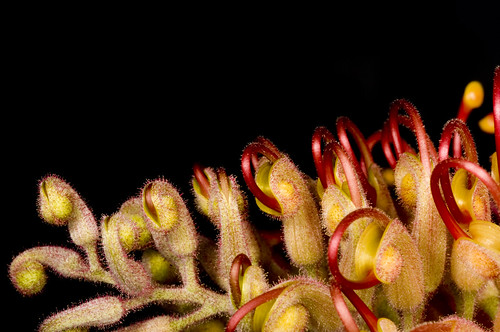 |
| Angiosperm - Phylum Proteacae (Grevillea). Photo: Ryan Pearson |
By Ryan Pearson
Come on, you’ve all considered
it… ‘What if I was famous? I’d be just like Ron Jeremy *
cough cough* I mean, just like… that, um, that really nice person
out of that movie everyone likes who gives lots to charity and stuff’. Well,
one thing you probably wouldn’t have considered is – what if plants were
famous? Who would they be like? I’m going to try to tell you.
Let’s run through
some of the life-cycles and key characteristics of the different plant groups to
help me study for my botany exam, and add a bit of fun by likening them to
celebrities. We’ll start at the bottom of the evolutionary scale and work our
way up, so, without further delay…
Mosses, Liverworts, and Hornworts (Non-vascular Plants):
These guys lack specialized conductive
(vascular) tissue which means they can’t grow tall. Their lifecycle is
dominated by the gametophyte (which can be either male or female), and they
need a lot of water to reproduce (because the sperm swims to the lady bits).
Who does this sound like? Hmmm, which famous person is short, not particularly
attractive, has a dominant reproductive stage (that can go both ways), and
needs moisture to reproduce. Well, I mentioned Ron Jeremy earlier, didn’t I? I
think he suits being a moss (Bryophyte)
perfectly. The only problem is, mosses don’t have roots. Hmmm.
Ferns (Seedless Vascular Plants):
These guys were the first to grow
‘tall’ (in evolutionary terms at least) thanks to the development of vascular
tissue. They were also some of the first to grow leaves and roots. They, like
those groups to follow, no longer have the dominant stage as the gametophyte,
but now live mostly as a Sporophyte. The sporophyte produces spores which explode
when heated up and dried out, and are found mostly in tropical areas (85% of
fern species). This reminds me of that movie ‘Tropic Thunder’ - mostly in the tropics, and goes BANG a lot. Who
was in that again? Oh, that’s right… Danny McBride – the explosives expert… who
just happens to be relatively tall, but with a considerable girth – just like
the ferns.
 |
| A Fern Frond. Photo: Ryan Pearson |
Gymnosperms (Seeded plants):
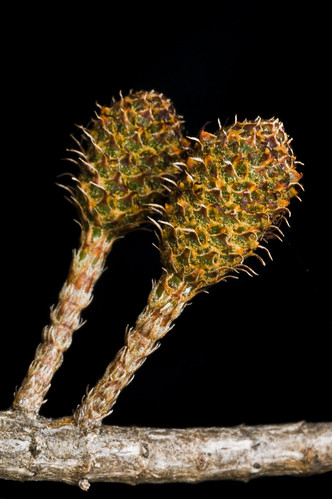 |
| Young Gymnosperm Cones. Photo: Ryan Pearson |
These plants don’t flower, but do
have seeds, and vascular tissue. So they can grow tall. In fact, they’re quite
wealthy in the evolutionary department (almost at the top), but don’t
necessarily have any ‘talent’ when it comes to getting things to help them
reproduce. They generally just rely on the wind. Their vascular tissue allows for
secondary growth, and helps them grow ‘woody’. This allows them to grow to
great heights with huge trunks. The tallest recorded tree’s are from this group
– see phylum Coniferophyta. In many
cases they tend to have quite thin, needle like leaves. Who does this sound
like I wonder? We need someone rich, but with limited talent, needle thin, and
associated with long woody shafts (sorry, had to go there)… Ah ha! Paris
Hilton.
Angiosperms - The Flowering Plants:
Wow… who the hell could this be?
How about everyone’s favourite Angelina Jolie? Why you ask? Well, believe it or
not there are more reasons than just the alliteration. You see, they share
quite a few other similarities. Firstly, angiosperms are the flowering plants,
so they’re the most beautiful (our friend Ang obviously falls into that
category). She has some form of acting talent, which the angiosperms also
share. Let me explain that… evolution has allowed for them to imitate a
shitload of different organisms and critters – like one species of angiosperm that
imitates a female wasp so that the male wasps will come and do the dirty on it…sicko.
The thing is, a symptom of this beauty (and the reason for the talent) is that
they don’t tend to reproduce alone… they usually need help… just like Ms. Jolie.
While she flies over to Africa or Cambodia to get her ‘offspring’, the
angiosperms rely on bee’s, birds, and other critters to help them ‘pollinate’
and produce offspring. In order to get them to do this, they need to entice
them with goodies, or tricks (like the wasp).
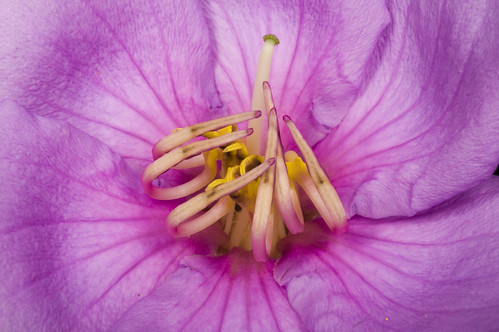 |
| An Angiosperm Flower. Photo: Ryan Pearson |
Anyway, there is a lot more to
all of these groups of plants, but I won’t bore you any further. Here’s some
pretty plant pics I snapped while wandering around uni on Friday afternoon.
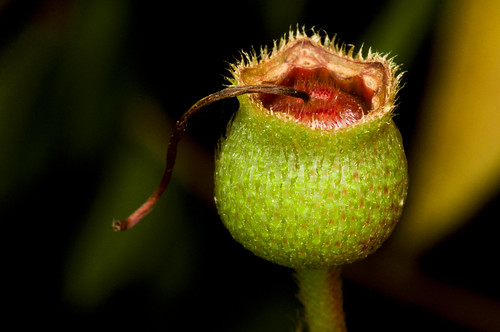 |
| Photo: Ryan Pearson |
 |
| Photo: Ryan Pearson |
 |
| Angiosperm - Phylum Proteacae (Grevillea). Photo: Ryan Pearson |
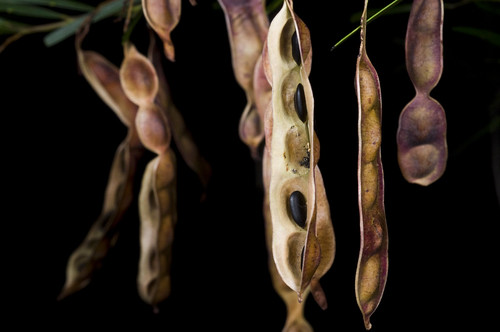 |
| Photo: Ryan Pearson |
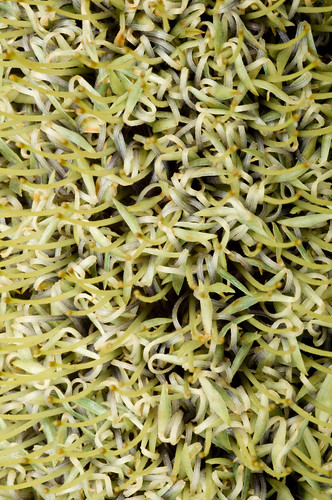 |
| Banksia. Photo: Ryan Pearson |
 |
| Photo: Ryan Pearson |
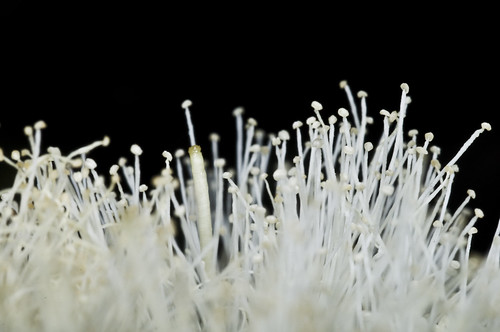 |
| Photo: Ryan Pearson |
 |
| Photo: Ryan Pearson |
 |
| Photo: Ryan Pearson |
 |
| Photo: Ryan Pearson |















No comments:
Post a Comment